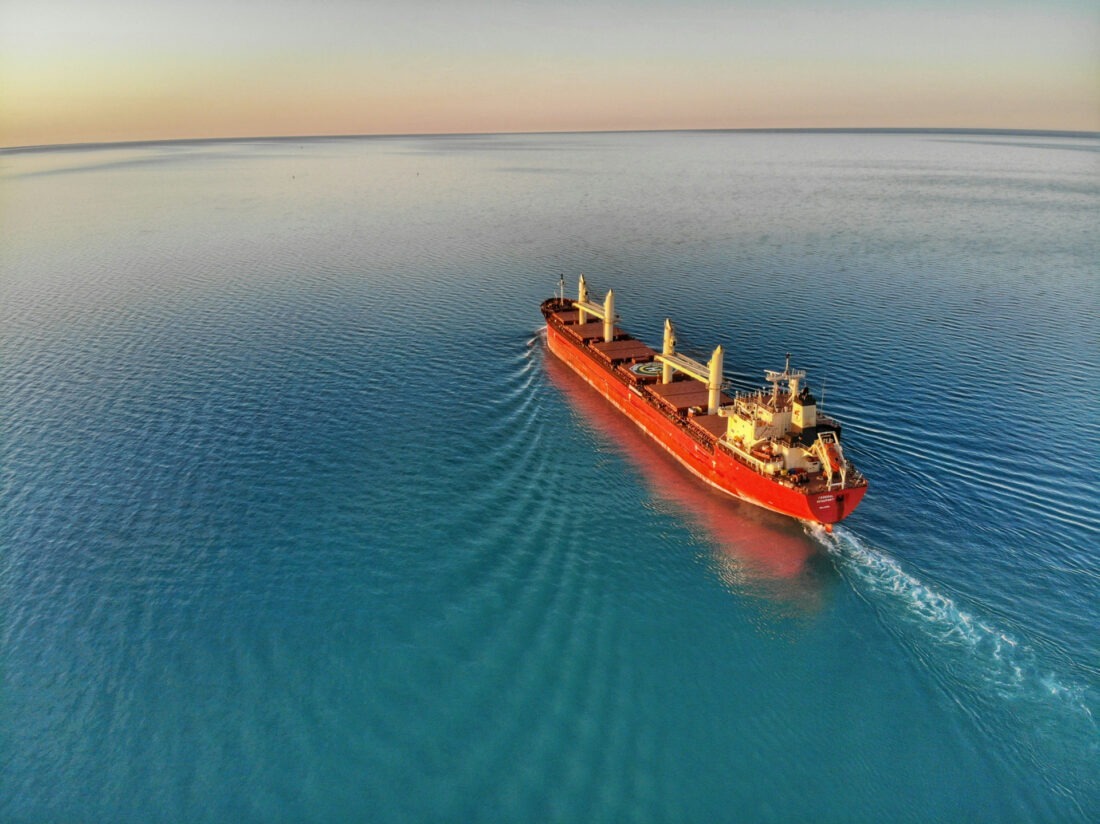IACCSEA Commentary on consideration for use of biofuels
Biofuels are being widely considered for their potential to reduce GHG emissions from the marine sector as well as others. While estimates of the net GHG reduction vary based on the source of the biomass and considerations of items like land and water usage, they continue to be contemplated as a viable option. The extent to which they will be implemented will also significantly depend on the supply infrastructure.
Biofuels cover a wide array of potential sources from hydrotreated vegetable oil (HVO) to Fatty Acid Methyl Ester (FAME) to bioethanol, to biomethane gas/biomethanol. Each of these fuels fall under the general category of biofuels some of which have EN test standards such as EN 15940 for HVO or EN 14214 for FAME or ASTM D7467 for biodiesel blends B6 to B20. Each of the specifications provides guidance on typical items from sulfur content, heating value, flash point, ash content, corrosion indication, among other chemical and physical properties. These specifications can assist owners and engine OEMs assess the potential influence of burning such fuel either as a blend with diesel fuel or as a “drop in” replacement.
The terminology “drop in” replacement is used to indicate the relative ease to manage the changeover from the original design fuel to the new fuel or fuel blend and consider items from storage method to engine impacts. Engine impacts may vary based on supplier and specific details of the engine design. Items may include items such as, operation temperature and emissions profiles among other aspects that may affect the aftertreatment system operation.
At IACCSEA, we specifically focus on the aftertreatment systems including the Selective Catalytic Reduction (SCR) system. We view the use of biofuels as we do any other fuel and application interaction. It must be assessed for impact on design parameters, performance requirements opposite regulatory requirements, system controls tuning, and potential impact on items such as; ammonia/urea system design and operation, catalyst formulation, pitch and deactivation mechanisms and resulting impact on catalyst design/operating life and overall system pressure loss. While biofuels are being considered, the depth of actual operational data remains limited. Published information varies in terms of the impact NOx generation from 20-30% reduction to 10-20% increase further reinforcing the need to assess on a case specific basis. As with other historical changes, the industry evolves and tries to assess the impact of a change based on prior “similar” applications, test data, and expected outcomes based on scientific assessment of defined properties and potential interactions. The industry will need to continue to gather data as the adoption rate increases including detailed reporting of fuel parameters and usage rate and performance metrics e.g. DeNOx rates, ammonia/urea usage, and equipment (catalyst) lifetime. Assessing these parameters with online monitoring could facilitate achieving greater data density more quickly and may also assist with any changes required for re-certification, if required.
In conclusion, in addition to alternative fuels such as ammonia, hydrogen, or methanol, biofuels are a promising option to assist the marine sector to achieve its GHG reduction goals. The industry has proven capability to assess and make appropriate adjustments to the fuel supply and storage to the engine and aftertreatment systems. Consideration should be given to options to make any recertification process efficient while also facilitating long term efficient data collection for ongoing system management.
If you are interested in learning more about how IACCSEA works with the shipping industry to control ship emissions to the air, please get in touch with us at secretary@iaccsea.com.
References:
- DNV (2023). Exploring the potential of biofuels in shipping. Available at: https://www.dnv.com/expert-story/maritime-impact/Exploring-the-potential-of-biofuels-in-shipping
- Wärtsilä (2022). No more mysteries about marine biofuels – your top six questions answered. Available at: https://www.wartsila.com/insights/article/no-more-mysteries-about-marine-biofuels-your-top-six-questions-answered
- Crown Oil (2020). Clean Our Air with Crown HVO. Available at: https://cdn.crownoil.co.uk/wp-content/uploads/2020/01/Introducing-Crown-HVO.pdf
- European Maritime Safety Agency (EMSA) (2023). Update on Potential of Biofuels for Shipping [updated]. Available at: https://www.emsa.europa.eu/newsroom/latest-news/item/4834-update-on-potential-of-biofuels-for-shipping.html

